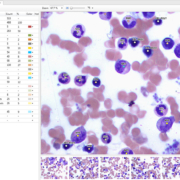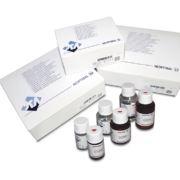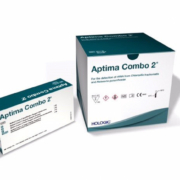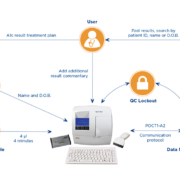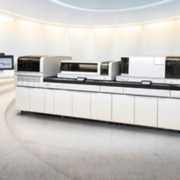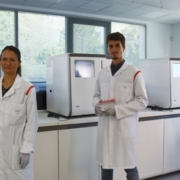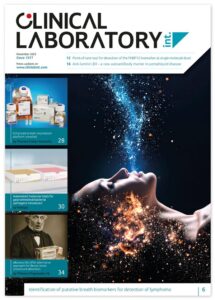New range of hematology analysers
With a genuine throughput of 120 tests per hour for CBC including differential and nucleated RBCs, the Yumizen H2500 and Yumizen H1500 are able to absorb the workflow of laboratories with high activity. Both analysers are equipped with a three-dimensional count capable of combining the measurements of cellular complexity, volume and distribution for each of the leukocyte subpopulations. In order to manage leucopenic, thrombocytopenic and anemic samples, an integrated ‘low value’ cycle allows automatic readjustment of the counting constants. In addition, a new platelet determination system operates via two methods, impedance and optical extinction in separate channels. Also included is the company’s newest middleware, the Yumizen P8000, which allows laboratories to centralize data management and optimize automatic validation of results (customizable rules engine), while controlling productivity and real-time performance (connection status, maintenance, TAT, manual validation …). The Yumizen SPS can be optionally added to the Yumizen H2500 and allows fully automatic slide-making at a rate of 120 slides per hour. The Yumizen H2500 / H1500 + Yumizen SPS module are available as standalone units or combined in the HELO Solution (HELO = HORIBA Evolutive Laboratory Organization) allowing several instruments to be connected to the Yumizen T6000 high-speed tube conveyor.
Come and see us at EuroMedLab 2017
Booth #14 (Skalkotas Hall – Level -1)
Read more




